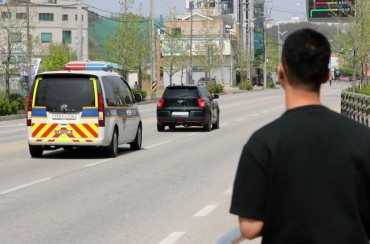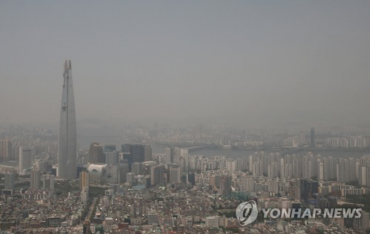
Senior citizens aged 65 or older accounted for more than 13 percent of South Korea’s total population last year. (Image : Yonhap)
SEJONG, March 23 (Korea Bizwire) – South Korea is on the threshold of becoming an aged society, with the share of senior citizens aged 65 or older in the nation’s population topping 13 percent last year, data showed Wednesday.
According to the data by Statistics Korea, 13.1 percent of South Korea’s 50.62 million population were 65 or older in 2015, which is slightly higher than the 12.7 percent tallied a year earlier and much higher than the 3.8 percent in 1980.
Generally, a nation is defined as an “aged society,” if more than 14 percent of the population are 65 or older.
Officials and experts have warned that the aging population, coupled with the low birthrate, would pose a serious threat to the nation’s economy as it could lead to fewer workers and increased spending on health and welfare.
The statistics agency’s data also showed that the number of people tying the knot fell 5.3 percent on-year to 305,507 in 2014, with those getting a divorce standing at 115,510, nearly unchanged from a year earlier.
The outlook for South Korea’s rapid aging is not bright.
It took only 10 years for the nation to surpass the 13 percent share of senior citizens from 9.1 percent in 2005.
The agency expects that percentage to further increase to 24.3 percent by 2030, 32.3 percent by 2040 and 40.1 percent by 2060.
Asia’s fourth-largest economy already became an “aging society” in 2000, when the ratio topped 7 percent.
The medium age of the country’s population came in at 40.8 years old last year, and will likely move up to 52.6 in 2040.
Against this backdrop, every 100 working-age people supported the livelihoods of 17.9 senior citizens last year, with this number expected to triple to 100 people providing for 57.2 senior citizens in 2040.’
The latest data also showed that the fertility rate, or the average number of babies that a woman is projected to have during her lifetime, stood at 1.24 in 2014, well below the proper level of 1.8 percent to sustain the current population.
The statistical office forecast that South Korea’s population will start to decrease in 2030, when it will peak at 52.16 million, with the pace of aging and the low birthrate to continue.
Life expectancy at birth in South Korea was 85.5 years for females and 79 years for males as of 2014, the data showed.
South Korea’s gross domestic product expanded 3.9 percent on-year to 1,485.1 trillion won (US$1.28 trillion) in 2014, with the gross national income per capita reaching $28,180, up from $26,179 the previous year, according to the statistical office.
(Yonhap)






